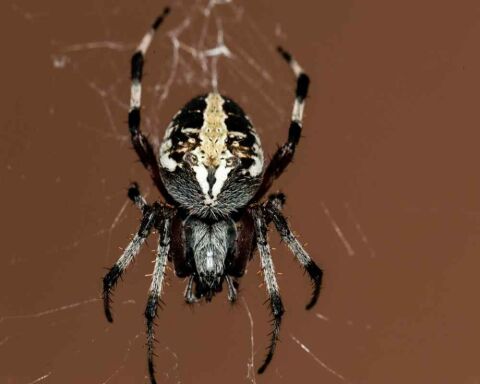
The slower the process of an ingestible prey, the more it will die. When a praying mantis is within reach, it will grab the bird in its front legs and brace itself with its back legs in an attempt to grab it. Praying mantises are difficult to see for hummingbirds in the wild, but they are constantly on the lookout for them. Prey must pass by, and praying mantises are ambush predators. If given a choice, the majority of praying mantises will prefer insects rather than hummingbirds. Bees and wasps, as well as many other insects, thrive in this water. Hummingbirds are drawn to sugary water found in hummingbird feeders. Praying mantises are intelligent creatures, and if they find a dependable hunting range, they will almost certainly return to it–even if it means hunting hummingbirds for an extended period of time. Gardeners and bird watchers who keep hummingbird feeders in their backyards will do their best to keep the insects away from them. In this case, it’s gruesome but extremely rare. Praying mantids are quick and can snatch a hummingbird out of the air. These are some tips for keeping backyard birds safe. Can Praying Mantis Kill Hummingbirds?Įven though they are smaller, the Praying Hummingbird will not be intimidated by them. Spiders, on the other hand, can capture and eat praying mantises in a web. This insect is easily immobilized by venomous spiders and can be killed in a matter of minutes. While a hummingbird would be a welcome addition to the feeder, the mantis most likely sat there because it attracted other insects that were easier for the mantis to kill and consume – a sparrow would be an exception.Įven though spiders are cautious about eating praying mantises, they can easily consume them.
/hummingbird-mantis-58a6d1875f9b58a3c90667d7.jpg)
Hummingbirds are preyed upon by the largest praying mantids. They consume ants, wasps, flies, and moths as well, but ants, wasps, flies, and moths are not the only ones. There have been no reported cases of praying mantids eating honey bees, sunflower bees, butterflies, or the occasional Gulf Fritillary caterpillar. Hummingbirds account for the vast majority of cases, according to the records. Take the feeder down for a few days and allow the mantis to find a new hunting location. Hummingbirds have been preyed upon by large, carnivorous insects. A hummingbird feeder may attract bees or other insects. These species prey primarily on insects smaller than their size. If you are concerned about praying mantises preying on hummingbirds in your area, you can take steps to reduce their populations by removing potential hiding places and food sources.

While praying mantises are not typically a threat to hummingbird populations, they can pose a risk to individual birds if they happen to cross paths. Once the hummingbird is in the mantis’ grasp, it is unlikely to escape the mantis will methodically devour its prey, starting with the head. While it is unlikely that a praying mantis would purposefully hunt down a hummingbird, they have been known to capture these tiny birds if they stumble across them while looking for other prey. However, these predators will also consume other small animals if the opportunity presents itself, including hummingbirds.

Praying mantises are a type of carnivorous insect that is known to eat other insects, including honeybees, flies, and crickets.


 0 kommentar(er)
0 kommentar(er)
